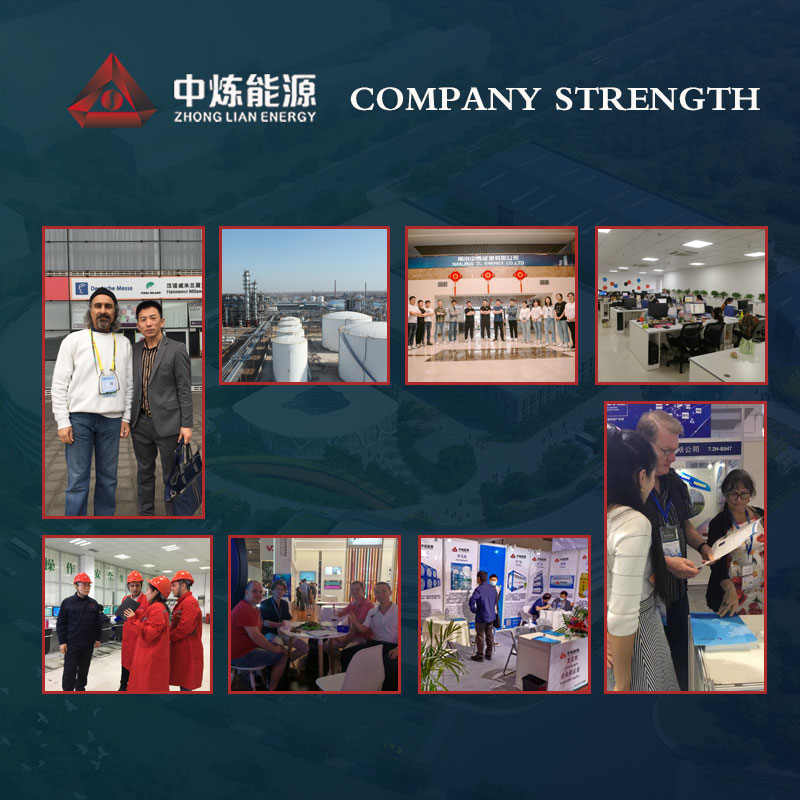




Propane R290 is a colorless, odorless, non-toxic gas at room temperature and pressure. It can form an explosive mixture with air when burning, emitting black smoke. It has low chemical activity, turns into propylene after dehydrogenation, and is oxidized to formaldehyde by air. It is slightly soluble in water, soluble in ethanol and ether. At 17.8°C, 100 volumes of water can dissolve 6.5 volumes of propane.
Propane R290 is used for organic synthesis, fuel, solvent, manufacturing ethylene propylene, refrigerant, standard gas, calibration gas, plasma dry etching. Separated from natural gas or petroleum gas.
Propane R290 toxicity: The maximum allowable concentration is 1000PPM (1800MG/M3). Propane is an anesthetic gas, which has mild anesthesia and irritation when inhaled. People have mild dizziness at a concentration of 10%, no irritation symptoms, and no effect at a concentration of 1%. Inhalation of a high concentration of propane and butane mixture can cause dizziness, headache, excitement or drowsiness, nausea, vomiting, salivation, mild decrease in blood pressure, slow pulse, weakened nerve response, and in severe cases, anesthesia and loss of consciousness.
Safety protection: The workplace should be ventilated, especially in low-lying areas, because propane is heavier than air and tends to stay in low-lying areas and is not easy to spread.
Propane R290 is a non-corrosive gas and can be used with all common metal materials. Acetate fiber, nylon, phenol formaldehyde, phenol furfural, polyurethane, polyvinyl chloride, polyvinyl chloride acetate, polyvinylidene chloride, polytetrafluoroethylene, epoxy resin, nitrile rubber, chloroprene rubber, Hypalen, etc. Fire can be extinguished with mist, foam, and carbon dioxide.